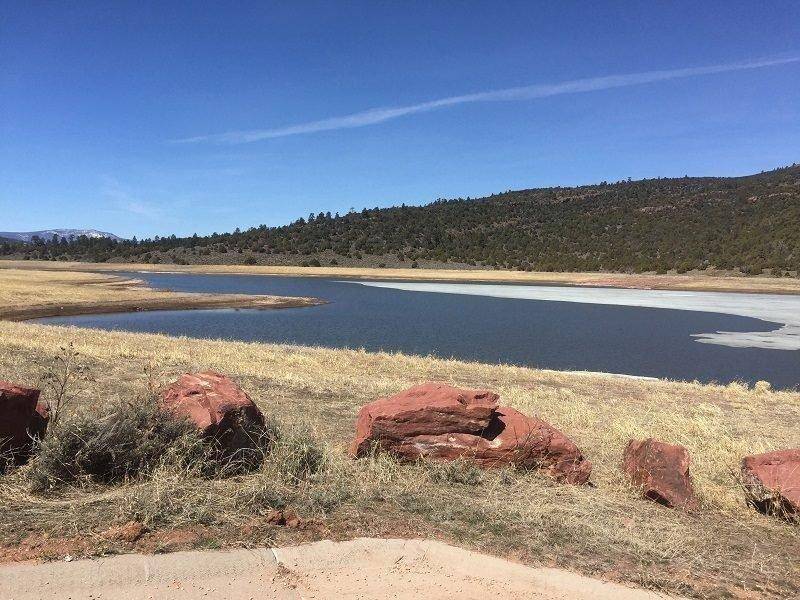DWR Press Release
Vernal — Reservoirs in Northeastern Utah have had their fair share of hard times recently. The amount of snow received between 2012 and 2016 was average at best—and very low at worst. The lack of snow led to low water levels or water levels that fluctuated drastically.
Fast forward to the winter of 2016 – 2017. If you had to shovel or plow driveways, roads or parking areas in the Uinta Basin, you know the area received lots of snow. In early March, snow depths in the Uinta Mountains ranged from 137 percent of average on the east side of the mountain range to as high as 183 percent of average in the Lake Fork drainage.
Trina Hedrick, regional aquatics manager for the Division of Wildlife Resources, says the snow should lead to great fishing in Northeastern Utah this year. “For the first time in years,” she says, “we’ll have plenty of water in our reservoirs. I’m excited about the fishing that awaits anglers this year.”
As you visit some of the higher elevation waters in the area this spring, Hedrick asks you to keep your eyes open for any fish that might have died over the winter. Deep snow remained on the ice for a long period of time, and the snow prevented sunlight from reaching the vegetation. As the vegetation died, less oxygen was produced. “If fish don’t have enough oxygen,” Hedrick says, “it’s difficult for them to make it through the winter.”
As ice begins to melt on the higher elevation waters, Hedrick says you might notice an unusual smell. “The smell is coming from vegetation that died during the winter,” she says. “You might also notice some dead fish along the shorelines.”
If you see dead fish, DWR biologists would like you to call them. You’ll most likely see dead fish immediately after the ice melts and on the windward side of the lake. “Even if you see just a few dead fish,” Hedrick says, “please let us know about it.”
You can let the DWR know by calling the agency’s regional office in Vernal at 435-781-9453 or calling Hedrick directly at 435-790-2283.
“Thanks in advance for your help,” she says.
Hedrick says winterkill will likely affect only a small number of waters in Northeastern Utah. Most of the affected waters will be at higher elevations.
“Fish in most of the waters should come through the winter in great shape,” she says. “Get ready for lots of water and great fishing this spring.”

